Business Plan Bakery Example
| ✅ Paper Type: Free Essay | ✅ Subject: Business |
| ✅ Wordcount: 2139 words | ✅ Published: 13 Sep 2017 |
The Planning Process in Appendix A has been used as a planning tool to ensure the successful setting up of the new bakery.
Starting with “Gathering information”, the business will start as a sole trader, with me being its owner as self-employed. According to Gov.uk (2016) self-employed means to “run your own business as an individual”. The bakery will be called The Farmhouse as seen in Appendix F . As a result, it will derive its name from the animal and vegetable shaped bread it will be selling, this being the competitive advantage, which resulted from Porter’s Five Forces Analysis ( Appendix B ). In terms of market research, it has been found that the business can effectively target families with children aged between 5 -14, which represents 14% of Luton’s population, as seen in Appendix D . This gap emerged, after assessing the strengths and weaknesses of, Greggs, one major competitor within the bakery industry in the Mall (Appendix I) . Greggs has two shops and provide products similar to the new bakery, such as pastries, bread, and doughnuts (Appendix H ).
According to Marketline (2016), one of Greggs’ weakness is” concentrated operations”, which means the business, fails to meet the needs of a specific market “in terms of geographic reach”. Greggs, is also facing tough competition from emerging businesses, as well as existing competitors, by lacking “products, service offering, store size and quality food” (Marketline, 2016). Therefore, the future goal of The Farmhouse will consist of providing creative and high quality products, to promote wellbeing within the community it operates, as seen in Appendix J .
The legal requirements to start a bakery include Sale of Food licence and Food Preparation Licence approved by Luton Borough Council (GOV.UK, 2015), The General Food Law Regulation and The Food Safety Act 1990, also an inspection of the premises must be carried out to ensure Health and Safety regulations are put in place (HSE, 2016).
According to Boddy (2014, p. 6) the first aspect of successfully planting the roots of a business, is to “draw resources from the external environment” making up the Inputs, as seen in Appendix E . One of the most important resources is Premises. The Farmhouse will be located in Luton Mall, with an average weekly footfall of 405,000 people (Completely Group, 2016). Feasibility is a key, therefore, a small unit has been chosen, costing £1500/month, to minimise costs and ensure a profit will be made without any irrelevant costs being incurred see Appendix K . Capital is also important in funding the business, to acquire its resources. Therefore, a loan will be borrowed, amounting £22,000, which will be used on different aspects, to successfully start the business venture, as seen in Appendix L . In terms of Labour, to ensure viability and to meet the vision of the new business, it is needed to have two part-time bakers, two part-time kitchen porters and two part-time shop assistants and myself as an accountant and decision maker, which is analysed in stage 2 of the Business Plan.
Stage 2 – Human Resources
Boddy (2014, p.340) states that to ensure that a business has the right employees to achieve its goals, the process needed to be taken into consideration is “human resource planning, job analysis, employee recruitment and selection”.
The same approach will be taken by The Farmhouse. A job analysis will be compiled for each individual role, followed by recruitment process and selection.
Job Analysis
Job analysis starts with collecting data to create a job description, which will outline the purpose of a job, main responsibilities and duties, followed by what skills and knowledge the individual should possess (Boddy, 2014 p.348). The data will be collected from interviewing and observing current job holders, as suggested by Boddy (2014, p.340). It is also efficient to ensure, that as a new business, employees with broad competencies will be taken on board. This can ensure that more skills can be leveraged upon, being more cost effective.
As the business owner, I will directly manage every employee as I possess skills such as finance, customer service, business focused, customer friendly, Patience, Passionate and always looking for new opportunities.
Through the job analysis it has been identified that two part-time bakers will be needed to carry out the activities of the new business, ensuring its success. Therefore, a job description (JD) has been complied as seen in Appendix M . The baker will play an important role within the business, as it will provide creativity, efficiency and innovation.
Next employees needed to start the business are the kitchen porters. They will also play a key in effectively running the business. They will be the second on the line employees, responsible with ensuring that the business adheres to the Food and Hygiene Act. These are all outlined in the Job Description (Appendix N ).
Finally, shop assistants, are also valuable to the business, as they will sell the baked goods. They will also receive feedback and communicate to the owner, along with ensuring that customers receive the best service possible (Appendix O ).
Recruitment and Selection Process
Using Appendix P as the process, starting with advertising, the vacant positions will be advertised through jobs websites, such as Indeed, Total jobs and Monster, also on the Mall’s website. After the deadline, every application will be assessed and carefully selected for the interview stage. Boddy (2014, p.351) stated that “interview remains popular as it has low direct costs”, therefore, it results in being an efficient practice in selecting suitable candidates. However, before finalising recruitment, on crucial step in selecting candidates, is to see them perform on the job. Gov.uk (2016) states that “a work trial is a way of trying out a potential employee before offering them a job”, therefore, every employee will be supervised under a trial shift, to check performance and suitability for the job it is required to performed.
An employee’s handbook will be compiled, to ensure the right policies and procedures are followed by all employees within the business.
Stage 3
To successfully manage the new business, an organizational structure has been created ( Appendix Q ). Thus, having a narrow span of control, staff will have more responsibilities which results in less supervision and communication is effective, leaving no space for business processes waste (Boddy, 2014 p.311).
Starting with the inputs, using Appendix E , after taking out a loan, renting premises, bargained with suppliers on best prices, and hired the most suitable employees, these resources go through operational processes. Part of the competitive advantage, baking is going to be done on site, having fresh baked goods, will overcome competition and attract customers. As customers come in, there will be refrigerators on each side of the shop, with fresh baked goods, such as animal and vegetable shaped bread, pastries, savory goods and doughnuts. They will then pick their goods and come at the till where the shop assistant will politely and eagerly serve the customer, asking for anonymous feedback at the end of customer service. Then the goods are handed back to the customer in a bag with a receipt, all these outlined in Appendix R . It is very important to collect feedback from to continually improve on the processes, and reduce processes waste. No matter the role, people contribute to the overall performance of a business by adding value to the resources. Thus, the feedback gathered from customers is communicated to employees through the monthly appraisals along with an assessment of everyone’s performance., this being part of the continuous improvement process (Boddy, 2014 p.434). Therefore, a human relations culture approach is taken, where the owner takes part in the daily tasks of the business, and makes employees attached, thus encouraging cohesiveness and membership, leading to effectiveness and commitment (Boddy, 2014 p. 85)
The kind of baked goods The Farmhouse will provide are listed in Appendix S. All the mentioned aspects, such as fresh baked goods, low prices and with the vision of looking after the welfare of people within the community lead towards a good reputation, thus, being able to expand and grow as an organisation to make a profit.
As a future vision, using the continual improvement process model in Appendix T , adaptability will be a key aspect in assimilating feedback and changes occurring within the Macro and Micro environment, to create sustainability (Boddy, 2014 p29). Boddy (2014 p. 29) also states that by “making productive use not just of financial and physical resources, but also of human and natural ones” companies will excel in achieving its goals and, thus becoming successful. This is the exact strategy the small bakery will adopt to achieve success.
To reduce baked goods waste, one of the ways of approaching it, is that all the former foodstuffs can be converted into quality animal feed, therefore, avoiding negative impact on the environment. Thus, all foodstuffs that are not suitable for human consumption, can be resold to factories that produce animal feed, whilst complying with the Feed Hygiene Regulations EU 183/2005 (Featherstone, 2013). Another way is to adhere to the Weights and Measures Act 1985, which states that bread should be produced in smaller quantities, such as 400g a loaf, to avoid waste (Legislation,1985).
References
Agency, F.S. (1999) Related pages. Available at: https://www.food.gov.uk/business-industry/startingup (Accessed: 21 December 2016).
Agency, F.S. (2015) Food Safety Act 1990. Available at: https://www.food.gov.uk/business-industry/guidancenotes/hygguid/fsactguide (Accessed: 13 December 2016).
AXA (2016) Employers’ liability insurance from AXA business insurance. Available at: http://www.axa.co.uk/insurance/business/employers-liability/ (Accessed: 22 December 2016).
Boddy, D. (2014) Management an Introduction. 6th edn. Harlow: Pearson Education Limited.
Completely Group, R. (2016) The mall Luton, Luton, Bedfordshire, south east – capital & regional – shopping centre portfolio. Available at: https://completelyretail.co.uk/portfolio/CapitalRegional/scheme/3675/index.html (Accessed: 15 December 2016).
Completely Retail (2016) Properties to let. Available at: https://completelyretail.co.uk/search/properties?dataset=/search/properties&in_place=Luton&in_place_id=21840 (Accessed: 21 December 2016).
Doves Farm Foods, L.T.D. (2016a) Organic plain white flour. Available at: https://www.dovesfarm.co.uk/flour-and-ingredients/sack-flour/organic-plain-white-flour-25kg/ (Accessed: 25 December 2016).
Doves Farm Foods, L.T.D. (2016b) Quick yeast. Available at: https://www.dovesfarm.co.uk/case-quantities/quick-yeast-16x125g/ (Accessed: 25 December 2016).
Featherstone, P. (2013) Recycling food waste into animal feed within the UKs legislative framework. Available at: https://waste-management-world.com/a/recycling-food-waste-into-animal-feed-within-the-uks-legislative-framework (Accessed: 22 December 2016).
GOV.UK (2015) Food business registration. Available at: https://www.gov.uk/food-business-registration/luton/apply (Accessed: 21 December 2016).
GOV.UK (2016a) Choose a legal structure for your business. Available at: https://www.gov.uk/business-legal-structures/sole-trader (Accessed: 20 December 2016).
GOV.UK (2016b) Income tax. Available at: https://www.gov.uk/income-tax/overview (Accessed: 13 December 2016).
GOV.UK (2016c) Jobcentre plus help for recruiters. Available at: https://www.gov.uk/jobcentre-plus-help-for-recruiters/work-trials (Accessed: 22 December 2016).
Greggs PLC (2016) Pasties and Bakes. Available at: https://www.greggs.co.uk/pasties-and-bakes (Accessed: 17 December 2016).
HM Government (2010) The minister of agriculture, fisheries and food, the secretary of state for health and the secretary of state for. Available at: http://www.bakersfederation.org.uk/pdfs/the-bread-industry/bread-and-flour-regulations.pdf (Accessed: 13 December 2016).
House, C. and Group Ltd (1995) Food safety (general food hygiene) regulations 1995 food safety (temperature control) regulations 1995 industry guide to good hygiene practice: Baking guide. Available at: http://www.iccservices.org.uk/downloads/fsa_leaflets/fsa_complete_baking_guide.pdf (Accessed: 13 December 2016).
HSE (2016) Bakery products. Available at: http://www.hse.gov.uk/food/bakery.htm (Accessed: 22 December 2016).
Legislation, G.U. (1985) Weights and Measures Act 1985. Available at: http://www.legislation.gov.uk/ukpga/1985/72 (Accessed: 22 December 2016).
Luton Gov.uk (2015) Luton 2015 mid-year population estimate. Available at: https://www.luton.gov.uk/Environment/Lists/LutonDocuments/PDF/Planning/Observatory/Luton%202015%20Mid%20Year%20Population%20Estimate.pdf (Accessed: 15 December 2016).
Marketline (2016) Greggs Plc Analysis. Available at: http://0-advantage.marketline.com.brum.beds.ac.uk/Product?pid=FBCD9CA4-3C70-4E3F-9C43-57E5E1E23E11&view=SWOTAnalysis (Accessed: 20 December 2016).
NCS (2016) Baker. Available at: https://nationalcareersservice.direct.gov.uk/job-profiles/baker#skills-required (Accessed: 22 December 2016).
Porter, M.E. (1979) How competitive forces shape strategy. Available at: https://hbr.org/1979/03/how-competitive-forces-shape-strategy (Accessed: 14 December 2016).
RSPH (no date) National league tables. Available at: https://www.rsph.org.uk/our-work/campaigns/health-on-the-high-street-/nationwide-health-on-the-high-street-/national-league-tables-.html (Accessed: 13 December 2016).
Virgin Start Up (2016) Start up loans. Available at: https://www.virginstartup.org/start-up-loans (Accessed: 22 December 2016).
Appendices
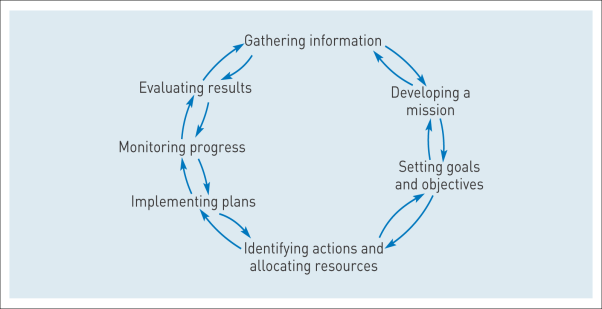
Appendix A– The Planning Process (Boddy, 2014:183)
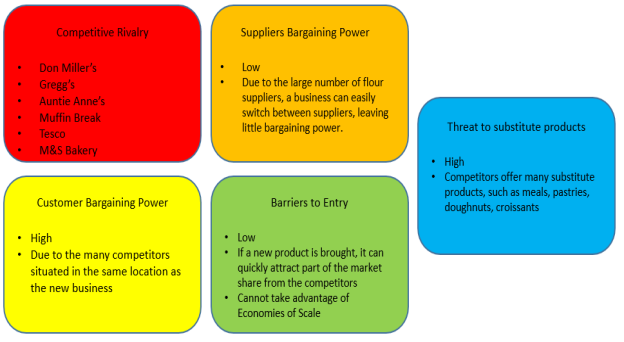
Appendix B – Porter’s Five Forces Analysis
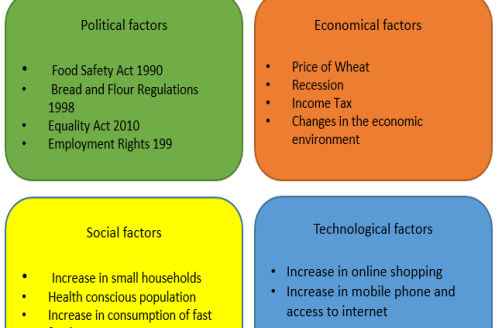
Appendix C – PEST Analysis (Gov.uk, 2016)
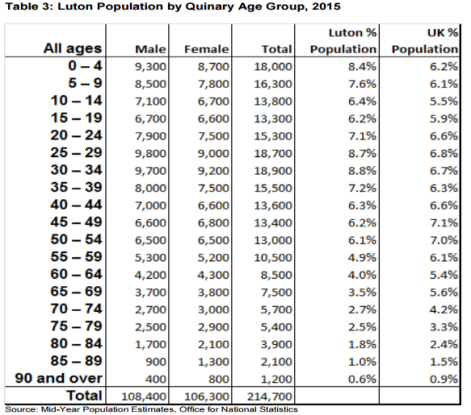
Appendix D – Luton Population (Age Analysis)
Appendix E – Transformation Process Model (Boddy 2014 :6)
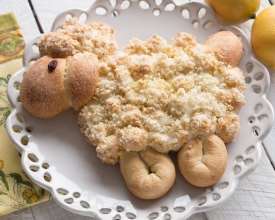




Appendix G – Examples of Products to be sold by The Farmhouse
 Appendix F – The Farmhouse Business Logo
Appendix F – The Farmhouse Business Logo
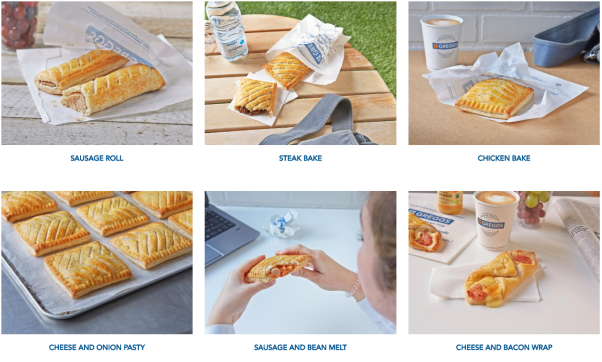
Appendix H – Greggs products (Greggs PLC, 2016)
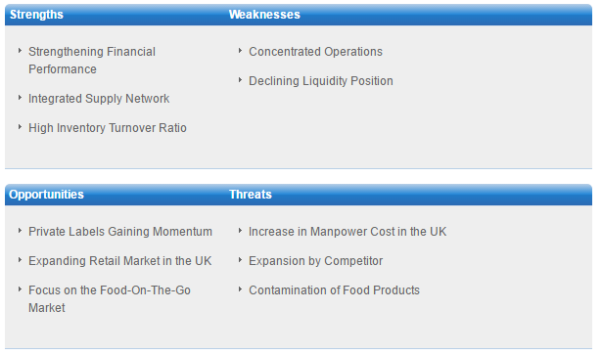 Appendix I – Gregg’s Swot Analysis (Marketline, 2016)
Appendix I – Gregg’s Swot Analysis (Marketline, 2016)

Appendix J – Vision and Values of The Farmhouse


Appendix K – Premises (Completely Group, 2016)
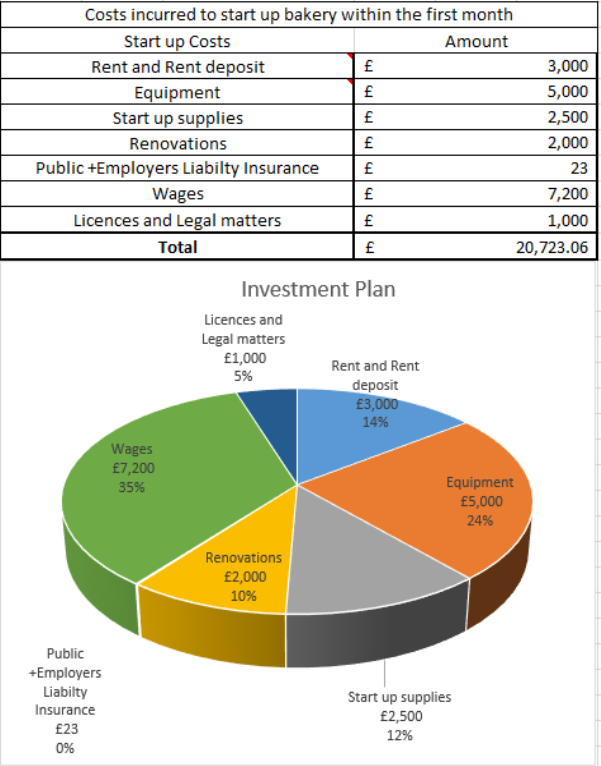
Appendix L – Costs incurred in the first month of operating
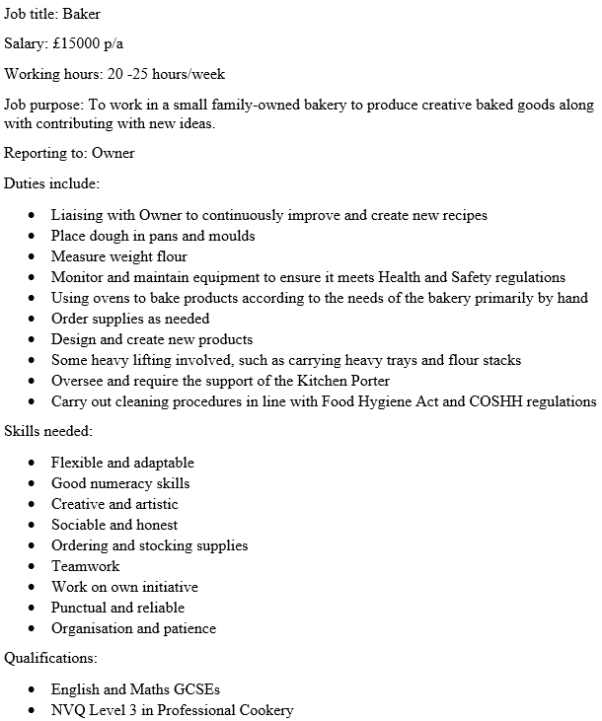
Appendix M – Job Description Baker

Appendix N – Job Description Kitchen Porter

Appendix O – Job Description Shop Assistant
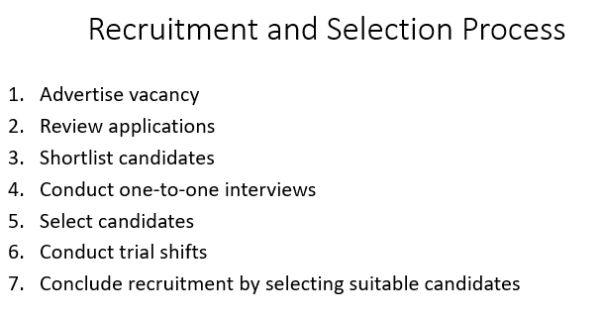
Appendix P – Recruitment and Selection Process specific to The Farmhouse
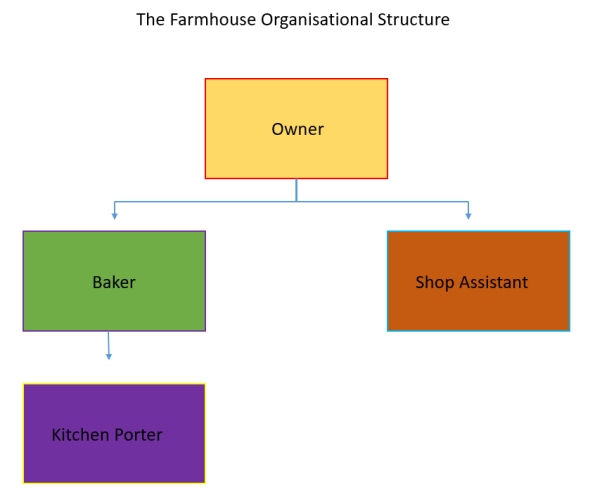
Appendix Q – The Farmhouse Organisational structure

Appendix R – The Farmhouse Business Process Map
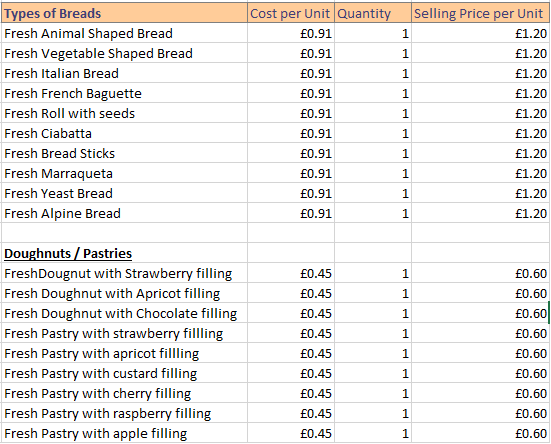
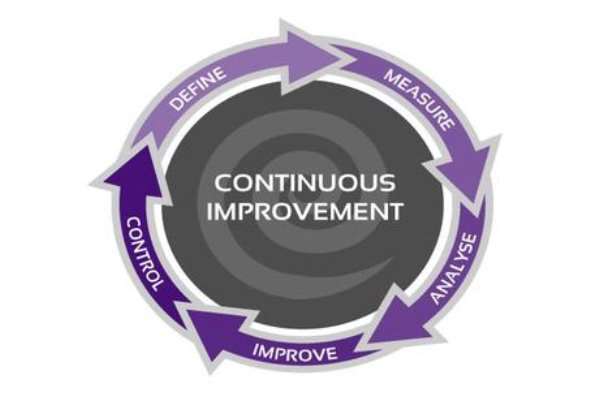
Cite This Work
To export a reference to this article please select a referencing stye below:
Related Services
View allDMCA / Removal Request
If you are the original writer of this essay and no longer wish to have your work published on UKEssays.com then please click the following link to email our support team:
Request essay removal




